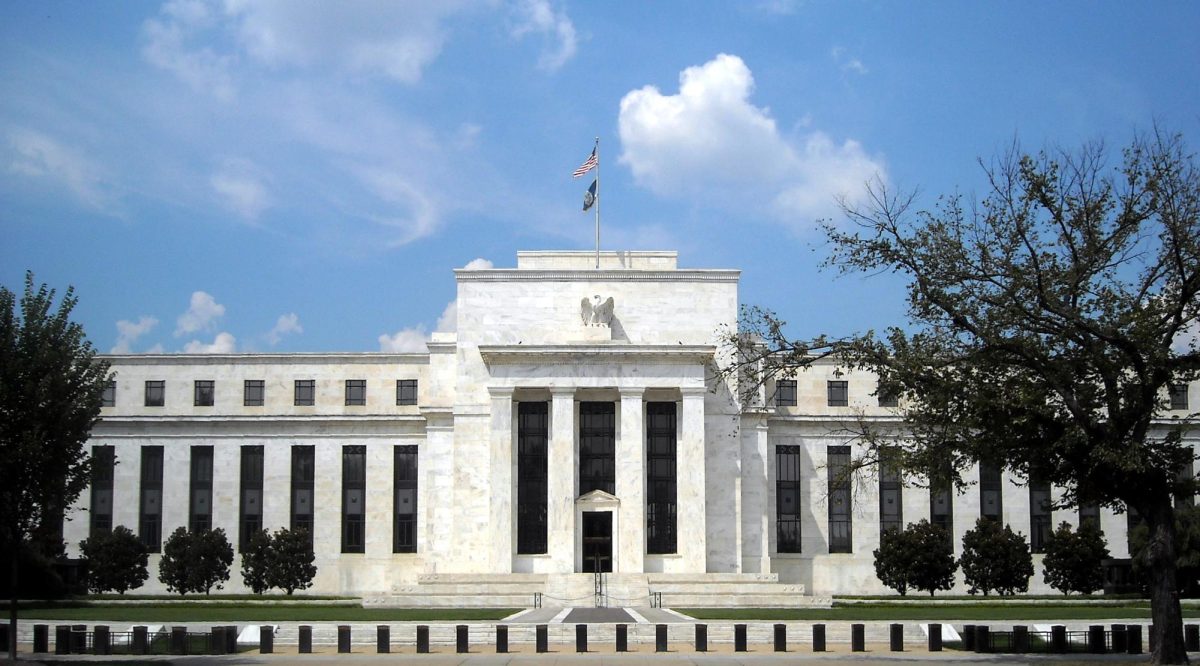September’s Consumer Price Index report highlighted a downward trend in inflation, offering crucial insights into the Federal Reserve’s potential approach ahead of its November decision.
“It certainly seems as though the inflation numbers, pretty much across the board, were either as expected on one count, but pretty much warmer on all counts,” CNBC’s Rick Santelli said on an episode of CNBC Television.
The CPI increased by 0.2% month-over-month, as it did in both July and August, slightly exceeding the expected 0.1% increase. The all-items index rose 2.4% over the past year, marking the lowest 12-month increase since February 2021.
Core CPI, which excludes volatile items like food and energy, rose 0.3% in September—the same increase from the prior month.
While energy prices plummeted by 1.9%, increasing costs for food and shelter accounted for more than 75% of the month’s inflation. The steady increase in core prices signifies that underlying inflation pressures remain, leaving many consumers frustrated as higher costs for essentials like food and shelter continue to strain household budgets.
September’s CPI is the last report before the upcoming Election Day on Nov. 5, making it a key indicator that could influence both voter sentiment and the Fed‘s next move in its November meeting.
Stocks fell after the report was released, with the Dow Jones Industrial Average slipping about 58 points, or 0.1%. Both the Dow and the S&P 500 index hit all-time highs the previous day. Despite the report not meeting expectations, stocks continued to surge to record numbers by the week’s end, reflecting investor optimism about future growth.
Following the Fed’s 50 basis point reduction in September, economists are concerned that the rate cut may have been premature.
The rate cut could signal the Fed’s confidence in slowing inflation, but if inflation remains sticky, the Fed may face pressure to tighten again and could risk destabilizing the economy.
With inflation still above the Fed’s long-term target of 2%, policymakers will have to decide whether the recent data justifies further easing or if more tightening is necessary to keep inflation in check.
The recent CPI report makes it highly unlikely that the Fed will consider another 50 basis point cut in November. This leaves many expecting a more cautious approach from the Fed, with some experts predicting a more moderate 25 basis point reduction.
“Given that hot print today, even though I do think some of this stuff will reverse course pretty quickly, I think that if you were thinking 50 bps [cut at the Fed’s November meeting] that’s pretty much been wiped out at this stage,” Omair Sharif, Inflation Insights president, said. “I think the Fed still wants to progress slowly here, so I think 25 is the base case for November.”









